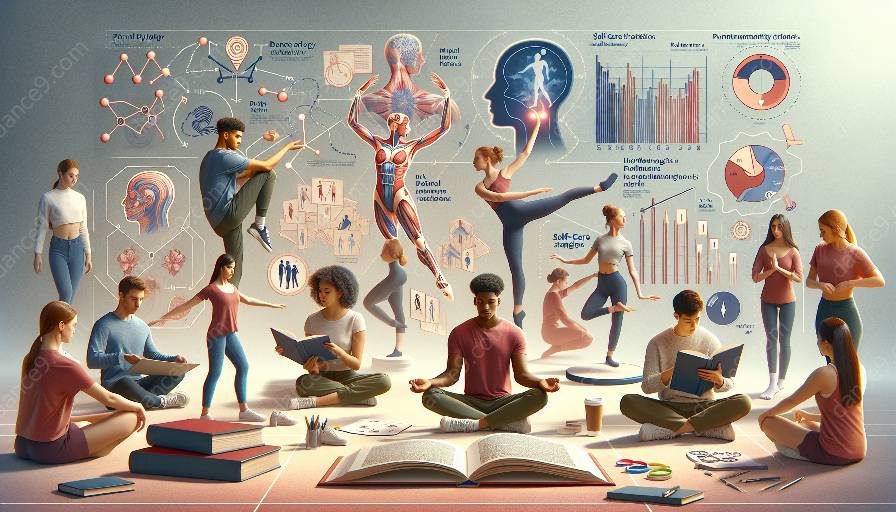Dance is not just an art form; it is a physically and mentally demanding discipline. As dancers strive for excellence in their craft, it's essential for universities to support them in developing healthy lifestyle habits and self-care strategies. Let's explore how universities can promote both physical and mental health through dance and self-care strategies.
Understanding the Physical and Mental Strain of Dance
Dancers often face immense physical and mental challenges. The physical demands of dance training and performances can lead to injuries, fatigue, and stress. Additionally, the competitive nature of the industry and the pressure to excel can take a toll on dancers' mental well-being. Universities need to acknowledge these challenges and provide resources to help dancers navigate them.
Integration of Physical Health Practices
Universities can support dancers by offering access to physical health resources such as sports medicine facilities, physical therapy services, and nutrition counseling. By integrating these services into their dance programs, universities can help dancers prevent injuries, recover from physical strain, and maintain optimal physical health.
Developing Self-Care Strategies
Self-care is crucial for dancers to manage their physical and mental well-being. Universities can organize workshops and seminars focused on mindfulness, stress management, and relaxation techniques tailored to the needs of dancers. By equipping dancers with self-care strategies, universities can empower them to prioritize their well-being amidst the demands of their rigorous training and performance schedules.
Emphasizing Mental Health Support
Universities should prioritize mental health support for dancers. This can include providing access to counseling services, mental health assessments, and peer support groups. By creating a supportive environment that acknowledges the unique mental health challenges dancers face, universities can help dancers address and manage their mental well-being effectively.
Instilling a Culture of Wellness
Universities can promote a culture of wellness within their dance programs by integrating holistic approaches to health and well-being. This can involve offering yoga and meditation classes, promoting healthy lifestyle habits, and encouraging open dialogue about the challenges and triumphs of being a dancer.
Collaboration with Dance Professionals
Universities can foster partnerships with dance professionals, including choreographers, instructors, and healthcare specialists. By collaborating with these professionals, universities can enrich their dance programs with valuable insights and expertise in promoting physical and mental health in dance.
Conclusion
By supporting dancers in developing healthy lifestyle habits and self-care strategies, universities can play a pivotal role in promoting both physical and mental well-being in dance. It's essential for universities to recognize the unique needs of dancers and provide them with the resources and support they need to thrive both in their art and in their overall health.


































